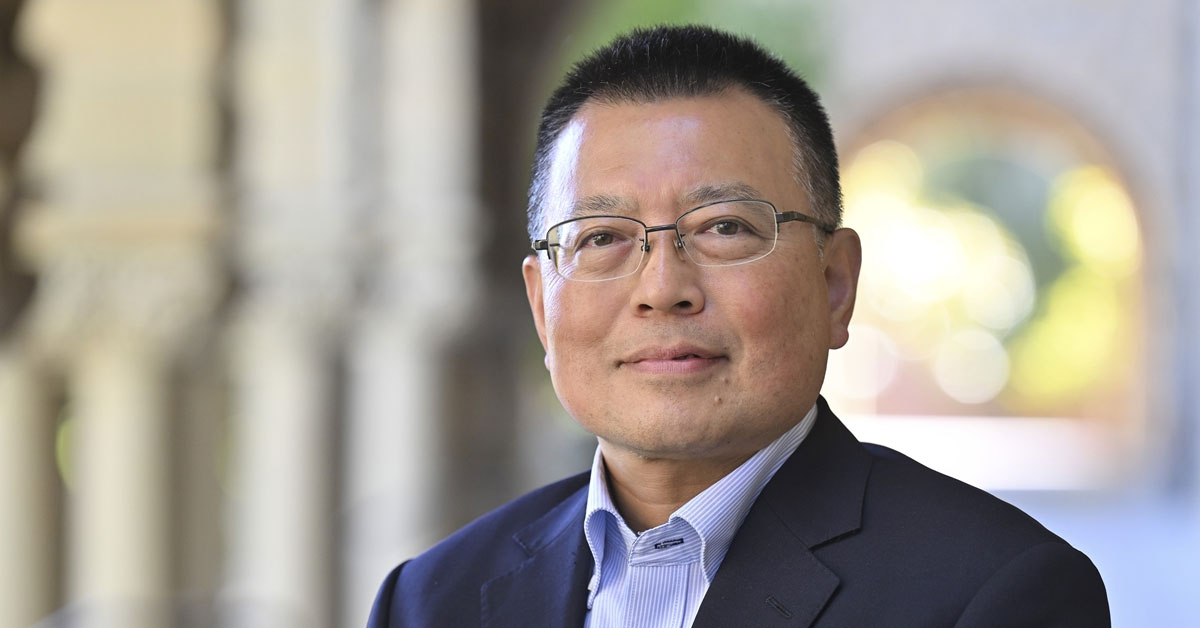After the founding of the People’s Republic of China in 1949, the Chinese government has given high priority to the preservation and promotion of their intangible cultural heritage. The legal and fiscal means are adopted for it. The trainings are being conducted for the local people by the relevant department of the Ministry of Education. The young generation has understood the values of culture and has been focusing on the protection of their traditional culture with great enthusiasm. The cultural heritages are being utilized to reduce the poverty, strengthen the cultural-tourism and enhance soft power.

On March 1, the Colorful Cultural Night by the Yunnan Ethnic Song and Dance Group was organized to celebrate China–Nepal friendship and the Chinese New Year. The new Chinese ambassador in Nepal His Excellency Chen Song had invited foreign diplomats and Nepali friends to observe the program. The gracious presence of Her Excellency President of Nepal Bidhya Debi Bhandari was also a pleasing moment for the audience.
Yunnan is colorful with 26 minority communities like Dai, Bai, Yi, and Hani. The Kunming Folk Song and Dance Theatre introduced Colorful Yunnan with total of ten performances. The other two were the performances of local school students and Chinese children studying in Nepal. The ten performances included “Blessing”, “Song of Wrangler”, “Red Fish”, “Horse of Racing”, “Awa in the sea of Clouds”, “The Flowing Creek”, “Deep in the Bamboo Forest”, “Fire Festival”, “Colorful Yunnan”, and “Camellia Verse”. The two performances from the Nepali side were the popular song “Resham Firiri”, and “Beautiful Nepal”. The Chinese children expressed their joyful stay in Nepal. The show revealed the local minorities’ traditional outfits, dresses, vivid costumes, and languages. Beginning in 2006, the theatre has already traveled to more than 15 countries receiving applause and praise.

The songs and dances shown were primitive and original which can only be performed after thorough observations in rural areas for several months. Among the dancers, some were professionals but most of them belong to ethnics who have been practicing for several years. The ethnics in Yunnan love to dance with several types of drums to communicate with heaven and the earth.
The drum dance and the peacock dance were most fascinating. There are several folk drums; both ancient and modern. The sound of these drums creates a jubilant mood and an exciting atmosphere. Whether it be at weddings or funerals, ethnic communities in Yunnan always love to beat several types of drums such as Elephant Foot Drum, Big Drum, Star Drum, Flower Drum, etc. These drums express the living stories of the people. Before 1949, the Dai men used to dance as a peacock beside elephants. Later, the women also got involved in dance and their movements resemble those of peacocks. Besides, for the Dai minority peacock are “sacred birds” that represents happiness and good luck. It could be understood that the Dai people have an everlasting bond with peacocks beginning from the ancient tales of the brave and handsome Prince and the Peacock princess. Away from the stage, they usually perform peacock dance while celebrating Water Splashing Festival.
It has been first cultural program organized by the Chinese Embassy in Nepal after a three years long COVID-19 period. The friends of China in Nepal were in a cheerful mood. Almost 500 audiences observed the unique dance of Yunnan that developed from the Dianchi River basin. It would be a great achievement if Nepalese cultural performers, relevant ministries, and municipals focus on research and development of Nepali aesthetic cultural phenomena of Nepali ethnic communities. Besides, cooperation with Chinese artists would also enhance Nepali cultural beauty.

References (Weblinks):
3. Folk heritage presented at COP 15 in Kunming
4. A must-see performance in Kunming- TheDynamic Yunnan- Liubing
5. Folk heritage presented at COP 15 in Kunming – Li Yingqing and Zhang Xiaomin
6. Kunming, China: The song of the stones – Graham Reid
7. Yunnan Yuansheng Indigenous Music and Dance
8. Intangible cultural heritage protection boosts soft power – Chen Anying
(The author is the Chairman of Nepal China Academy, Friendship Association)












